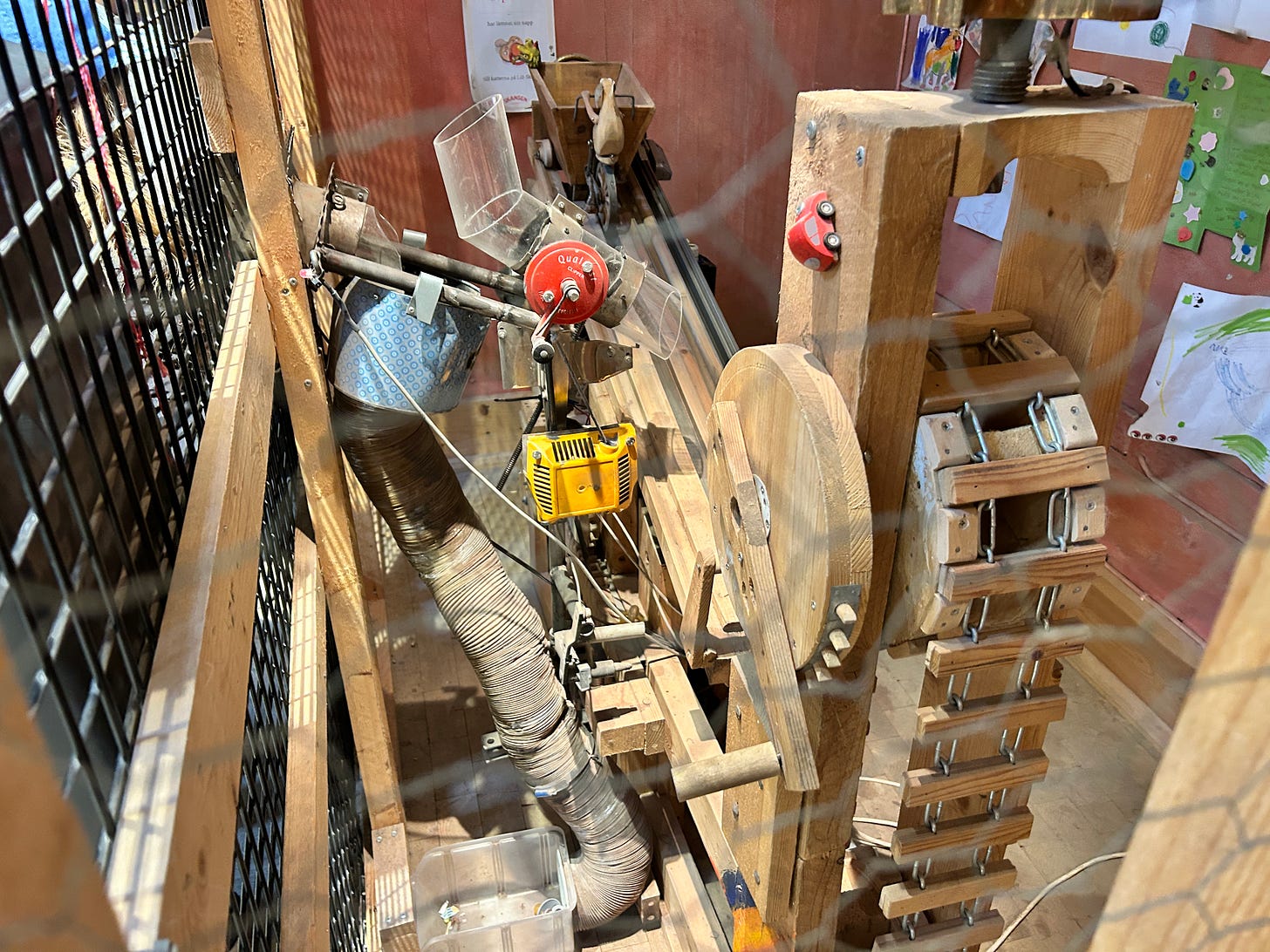The day we decide to grow up
Each year, thousands of Swedish children leave their pacifiers behind in a ritual that celebrates a special moment in childhood.
Swedes are among the most autonomous people in the world.
And they have an interesting ritual that marks the end of one of the first major phases of a child’s life.
At Skansen, the country’s outdoor cultural park, young children who are ready to stop using a pacifier leave their binkies, not just anywhere, but in a cat exhibit in the zoo.

Since the tradition began in the 1970s, visitors have left tens of thousands of pacifiers.
It’s a rite of passage that even my cousins in Stockholm did with their kids.
Parents talk to their kids for months leading up to the big trip to Skansen — or one of dozens of similar pacifier drop-off locations around the country. Children who give up their pacifiers often get a certificate to celebrate their achievement. At one park, the pacifiers are left to feed the resident troll. In another, they go to a carnivorous plant.
An important part of the ritual is that the child has decided they are ready to give up the pacifier and bravely enter the next phase of life, one that they must endure without this object that has been so central to their ability to be comforted.
In Swedish, the word for pacifier is napp and the verb is nappar — to nab, to catch, to snag, to hook. You use it to talk about fish and ideas, pacifiers and movements.
Many things grab us, but really, we are the ones who grab them.
So, to encourage children to let go, formally and memorably, in a place you might one day visit with your own children, is a special act.
I was really moved to see it in person my visit to Sweden last month.
My youngest cousins are 5 and 9, and they are regulars at Skansen, the open-air heritage museum and zoo that opened in 1955. It’s the kind of place where kids can crawl through a tunnel and pop up in a plastic dome and come face-to-face with rabbits and turtles.
We roamed around the park one day last month, and when we came upon the pacifier collection station, I marveled as my cousin, who is my age, explained its significance to me and that her own children had given up their pacifiers here.

In 2006, Swedish artist Mats Bigert wrote that the last official pacifier count was in 2000, when 11,873 soothers had been strung along the tree and fence of the zoo's kitten enclosure.
They continued to hang in the trees for many years, but around 15 years ago, the pacifier collection moved inside, to the indoor cat exhibit. Children today drop off their pacifiers into an old-timey machine with animatronic “mice” that push the pacifiers into the area where the cats are lounging.

“By offering their pacifiers to the kittens, toddlers leave behind babyhood to take on the burdens of kiddyhood. From that point on, the kid is obliged to lead a life without substitutes,” he wrote.
A life without substitutes. Oof.
At some point, we all must give up something without replacing it with something else.

The binkies build up over time, a slowly growing monument to those moments when all those children began to put their own childhood in the rear-view mirror.
Keep reading with a 7-day free trial
Subscribe to The Invisible Thread to keep reading this post and get 7 days of free access to the full post archives.






